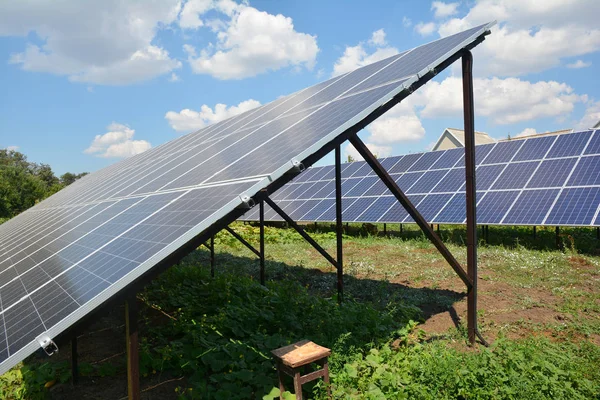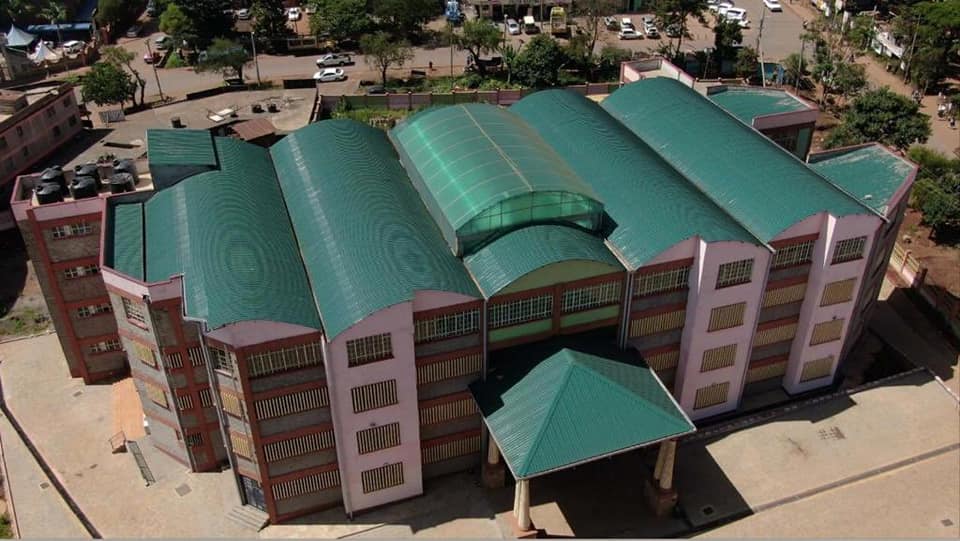What if I told you, you can grow high value crops such as lettuce and produce solar energy on the same land? This blog will explore agrivoltaic farming.
Agrivoltaic farming, merges agriculture with solar energy production. Innovative solutions are crucial as the world confronts the intertwined challenges of climate change, food security, and energy crises.
In this blog post, you will explore agrivoltaic farming, its benefits and challenges, technical details, economic analysis, real-world examples, and its potential to revolutionize your agriculture and energy production.
What is Agrivoltaic Farming?
Agrivoltaic farming, also known as agrovoltaic farming, integrates solar panels into agricultural landscapes. This approach allows farmers to generate electricity while cultivating crops on the same land. By combining these activities, agrivoltaic farming optimizes land use and provides multiple benefits:
- Increased Food Production: Crops grown under solar panels can benefit from reduced soil erosion and improved microclimate conditions, potentially increasing yields.
- Renewable Energy Generation: Solar panels produce renewable energy, decreasing reliance on fossil fuels and contributing to climate change mitigation.
- Land Use Efficiency: By utilizing the same land for both agriculture and energy production, agrivoltaic farming maximizes land efficiency.
- Improved Water Management: The shade from solar panels reduces evaporation, enhancing water retention and usage efficiency.
What are the Benefits of Agrivoltaic Farming?
Enhanced Crop Yields
Agrivoltaic systems create a favorable microclimate for crops. The shade from solar panels helps lower soil temperatures, reduce water evaporation, and protect plants from extreme weather, leading to healthier plants and potentially higher yields. For instance, studies have shown crop yield increases of 5-10% in some agrivoltaic systems compared to traditional farming methods.
Renewable Energy Production
Agrivoltaic farming contributes to renewable energy generation, supporting the transition away from fossil fuels. The electricity produced by solar panels can power farm operations, reduce energy costs, and be sold to the grid, providing an additional income stream for farmers. This dual-functionality helps in building a more sustainable energy system.
Efficient Land Use
Agrivoltaic farming addresses land scarcity by enabling dual-use of agricultural land. This is particularly valuable in regions with limited available land, where the demand for both food and energy is high. By combining agriculture and energy production, agrivoltaic systems maximize the productivity of each parcel of land.
Water Conservation
The shading effect of solar panels reduces water evaporation from the soil, enhancing water retention and reducing the need for irrigation. This water-saving feature is crucial in arid regions or areas experiencing water scarcity. Additionally, decreased runoff helps prevent soil erosion and maintains soil fertility.
What are the Challenges of Agrivoltaic Farming
Impact on Crop Productivity
While agrivoltaic farming offers potential benefits, it also presents challenges. The shading from solar panels can reduce the amount of sunlight reaching the crops, potentially affecting their productivity. Careful design and placement of solar panels are necessary to ensure that crops receive adequate sunlight. The specific impact on crop yields varies depending on crop type, climate, and system design.
Initial Investment Costs
The initial investment required for agrivoltaic systems can be higher than for traditional farming or standalone solar installations. Integrating solar panels with agricultural production involves additional costs and complexity. Financial barriers can be significant, especially for small-scale farmers. To overcome these hurdles, government incentives, subsidies, and innovative financing models are essential.
Maintenance and Management
Agrivoltaic systems require ongoing maintenance and management to ensure both solar panels and crops perform optimally. This includes monitoring the performance of the solar panels, managing the shading and spacing to balance energy production and crop growth, and maintaining soil health under the new microclimatic conditions. This added complexity can be a challenge for farmers accustomed to traditional farming practices.
How to set up your Agrivoltaic System?
Types of Solar Panels
Different types of solar panels can be used in agrivoltaic systems, including monocrystalline, polycrystalline, and thin-film solar panels. Monocrystalline panels are known for their high efficiency and durability, making them suitable for long-term agricultural projects. Thin-film panels are lighter and more flexible, which can be advantageous for certain crop arrangements.
Optimal Configurations
The configuration of solar panels in agrivoltaic systems is critical. Panels can be mounted at different heights and angles to optimize sunlight exposure for both crops and energy production. Adjustable or tracking solar panels can follow the sun’s movement, providing dynamic shading and maximizing energy capture.
Suitable Crops
Not all crops are equally suited for agrivoltaic systems. Shade-tolerant crops like lettuce, spinach, and certain herbs can thrive under partial shading provided by solar panels. Research and experimentation are ongoing to identify and optimize crop varieties for different agrivoltaic setups.
Economic Analysis of Agrivoltaic Farming
Cost-Benefit Analysis
Implementing agrivoltaic systems requires a substantial upfront investment. However, the long-term benefits can outweigh the initial costs. A detailed cost-benefit analysis should consider factors such as installation costs, maintenance expenses, energy savings, additional income from energy production, and potential increases in crop yields.
Payback Period
The payback period for agrivoltaic systems varies depending on the specific setup and location. On average, farmers can expect a payback period of 7-10 years, after which the systems start generating a profit. This period can be shortened with government subsidies and favorable financing options.
Government Incentives and Financing
Many governments offer incentives to promote renewable energy and sustainable agriculture. These can include grants, tax credits, and low-interest loans. Innovative financing models, such as power purchase agreements (PPAs) and community-supported agrivoltaic projects, can also make these systems more accessible to farmers.
Agrivoltaic Farming in the UK
The UK’s recent exploration of agrivoltaic farming highlights its potential. Amidst an energy crisis, the UK faced the challenge of maintaining agricultural productivity without sacrificing land for solar panels. Agrivoltaic farming emerged as a viable solution, allowing for simultaneous agricultural and energy production. This approach not only mitigated the energy crisis but also ensured continued agricultural output, demonstrating the effectiveness of agrivoltaic systems in addressing dual challenges.
Diverse Global Implementations
Agrivoltaic systems have been implemented worldwide, each tailored to local conditions. In Japan, for example, agrivoltaic projects have been used to support rice and vegetable farming, while in arid regions of Africa, they have helped conserve water and grow drought-resistant crops. These diverse examples show the adaptability of agrivoltaic systems to various climates and agricultural practices.
Future Trends and Research in Agrivoltaic Farming
Technological Innovations
Emerging technologies are enhancing the efficiency and effectiveness of agrivoltaic systems. Smart solar panels that adjust their angle based on sunlight intensity and advanced irrigation systems integrated with solar energy are just a few examples. These innovations are helping to optimize both energy production and agricultural output.
Ongoing Research
Research is ongoing to explore new crop varieties, optimize panel configurations, and develop cost-effective solutions for agrivoltaic farming. Studies are also examining the long-term environmental impacts of these systems, including effects on soil health, biodiversity, and local ecosystems.
Conclusion.
Embracing innovative and sustainable farming practices like agrivoltaic farming is essential. By leveraging the synergies between agriculture and renewable energy, we can create a more resilient and sustainable food system that benefits both people and the planet.



